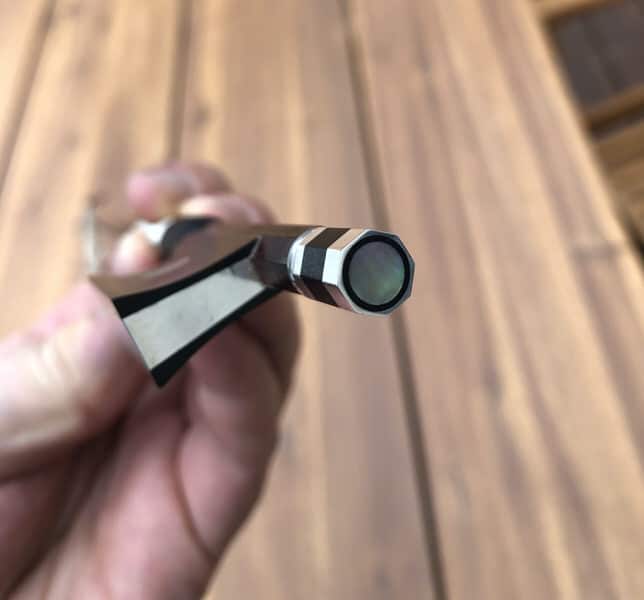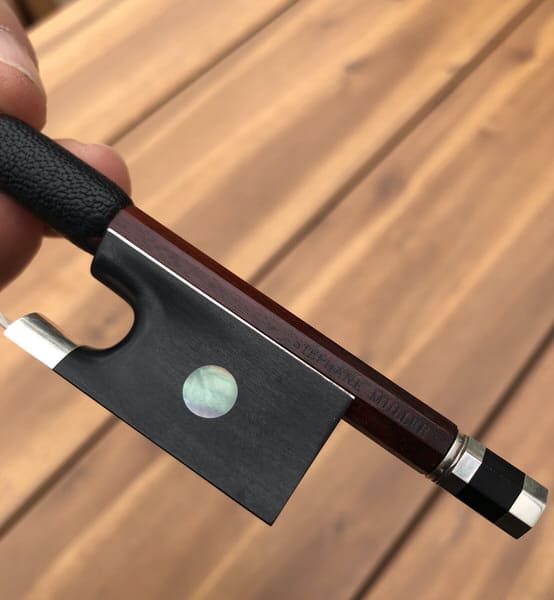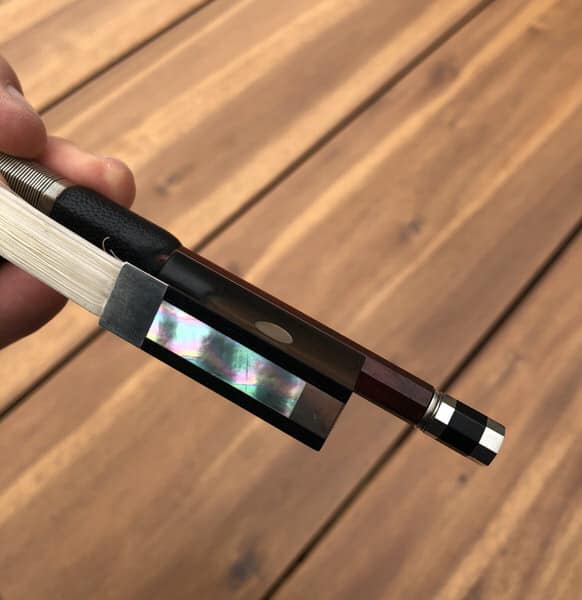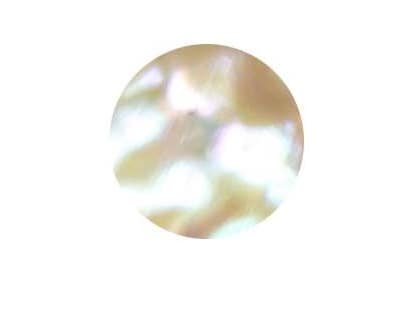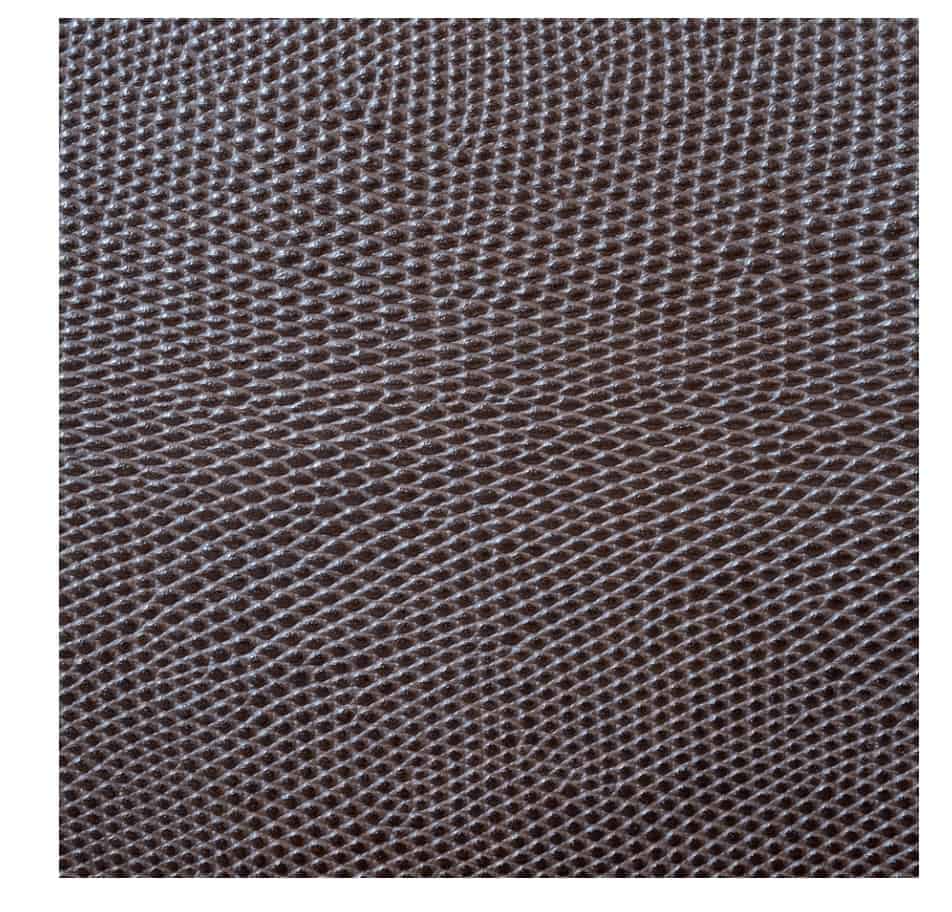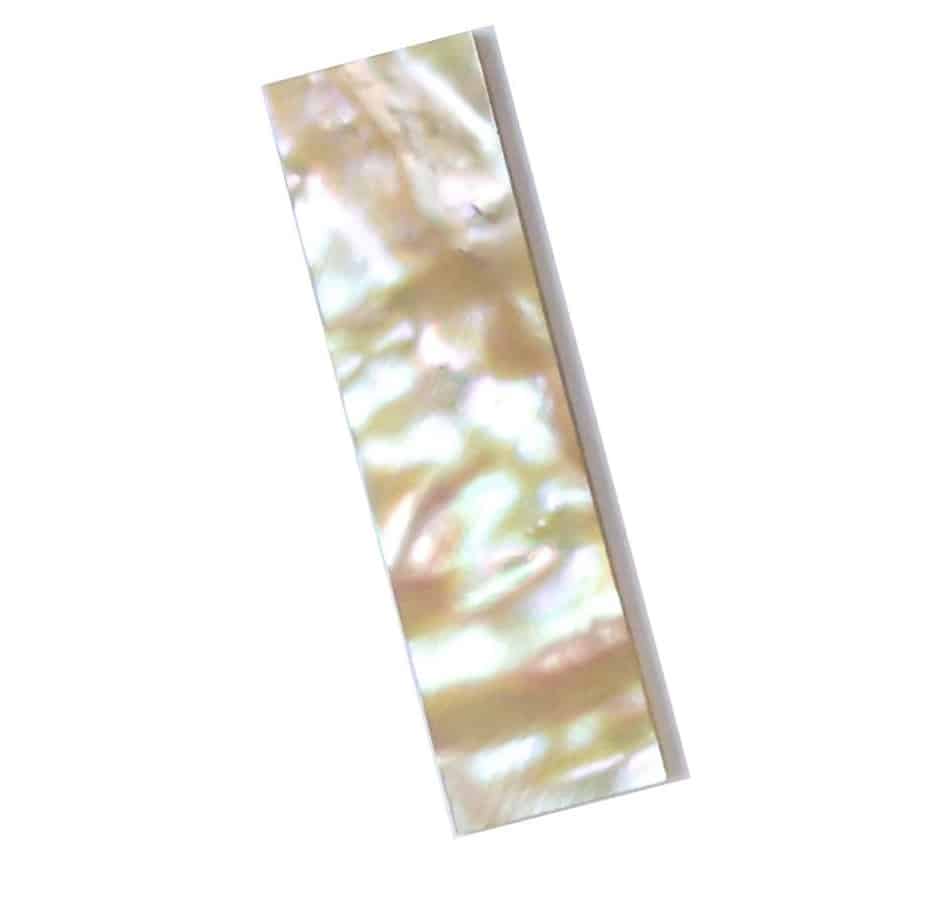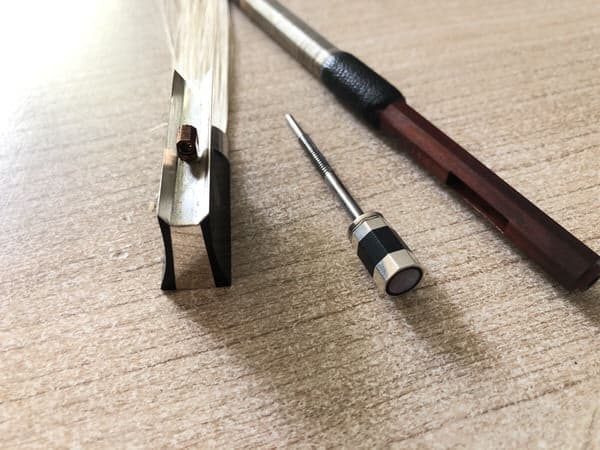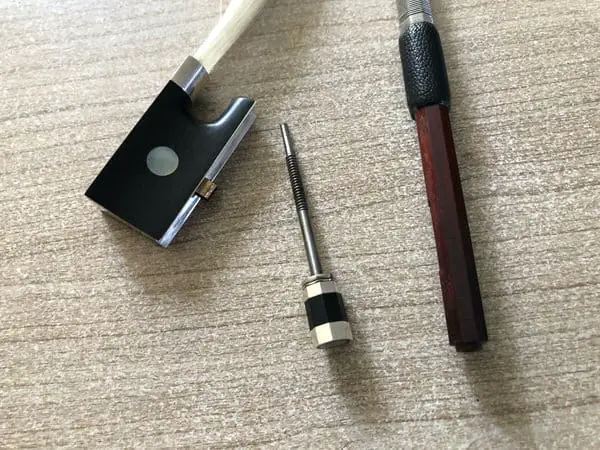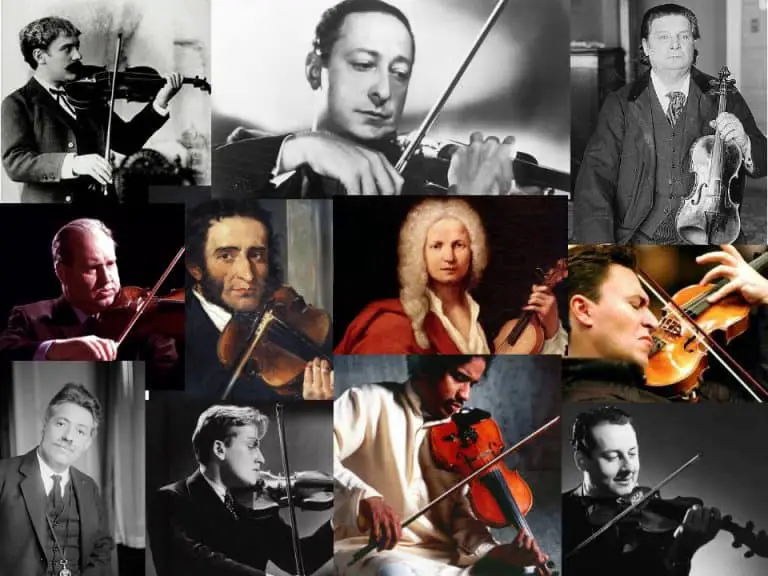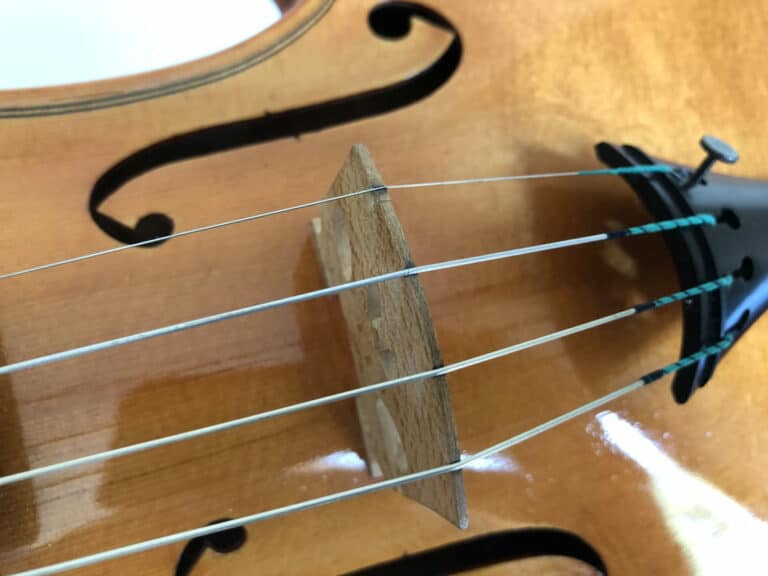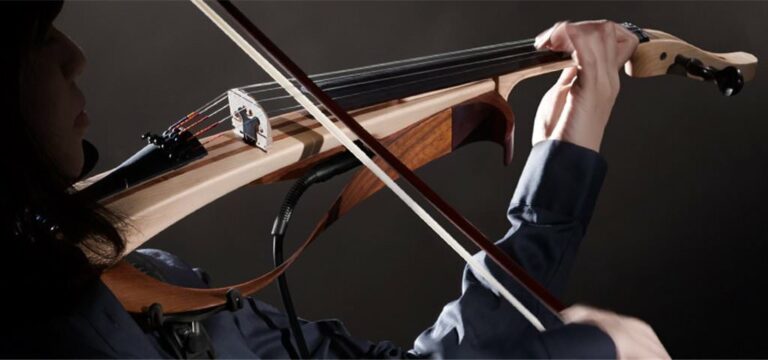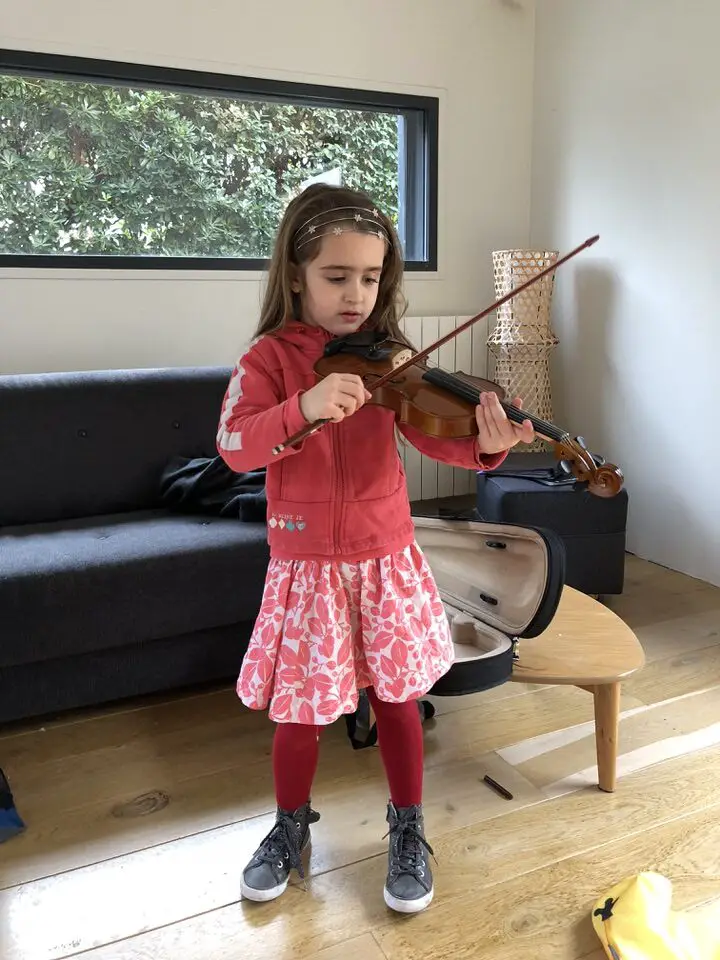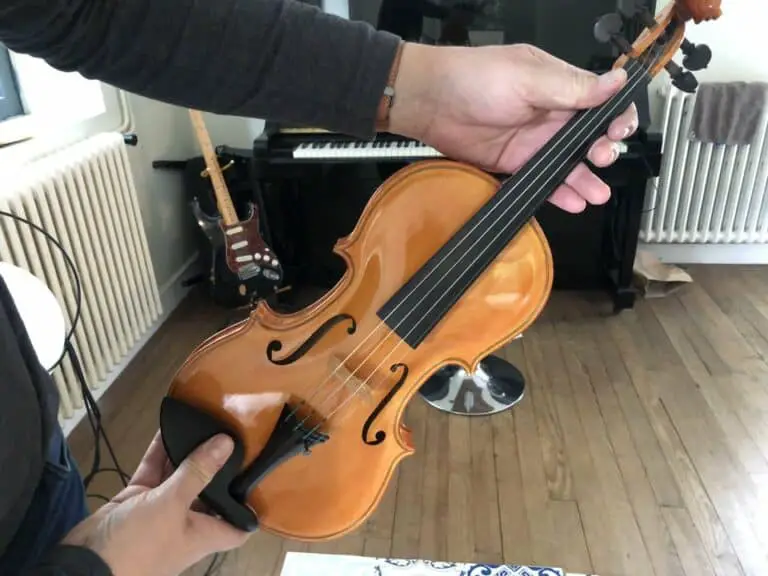What are Violin Bows Made out of? You Would Be Surprised
Whether you need to travel with your bow, you are in the market for a new bow, or out of plain curiosity, it is important for any string player to know what string instrument bows are made out of.
The stick of a violin bow is made of wood, generally Pernambuco. The hair of the bow is cut from horsehair. The frog of the bow is made of Ebony wood, with metallic parts often silver or gold plated. Decorations made out of mother of pearl embellish the frog. A leather padding protects the stick from the fingers. More and more elements are replaced with synthetic parts now.
These materials have evolved a lot for the last fifty years.
What woods are violin bow sticks made of?
The stick of the bow has to bouncy and thin, and it needs to withstand a lot of pressure. That is why it is made out of hard imputrescible woods. These woods allow the luthiers to work precisely with a really fine grain and design beautiful heads.
Pernambuco wood
The wood most used to make bow sticks has always been Pernambuco. This wood originates from Brazil mainly. It is an incredible wood: hard yet flexible and springy. It is supple and allows the bow maker to form a beautiful camber. It has a fine and straight grain, a fine texture, and a great density. It is denser than Oak. Its color ranges from yellow, orange to red. It becomes darker with time. It has been the king of woods for bows for centuries. It is said that François Xavier Tourte (1747-1835) first introduced Pernambuco wood in bow making, thus propelling the French school of bow making to the forefront.
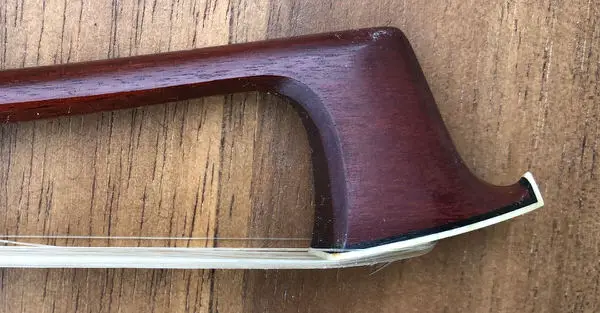
Now, its usage is restricted. Pernambuco can’t be shipped internationally freely. The IUCN Red List refers to it as Endangered, source. It is not completely forbidden to use Pernambuco now, but the rules are one of the stricter. An International Pernambuco Conservation Initiative, IPCI, has gathered the world’s best bow maker around a table to preserve and promote sustainable use of that wood.
Thus many bow makers can still make bows out of their own stock of raw wood without restriction, but they can only get new wood that complies with strict certifications.
It is allowed to travel with a Pernambuco bow without any permission.
One of my bows is made out of gorgeous red Pernambuco. Look at this head.
Other types of Brazilwood: “Beeswood”, Bulletwood
Brazilwood originates from the same Atlantic rainforest in Brazil and is of the same family of species as Pernambuco.
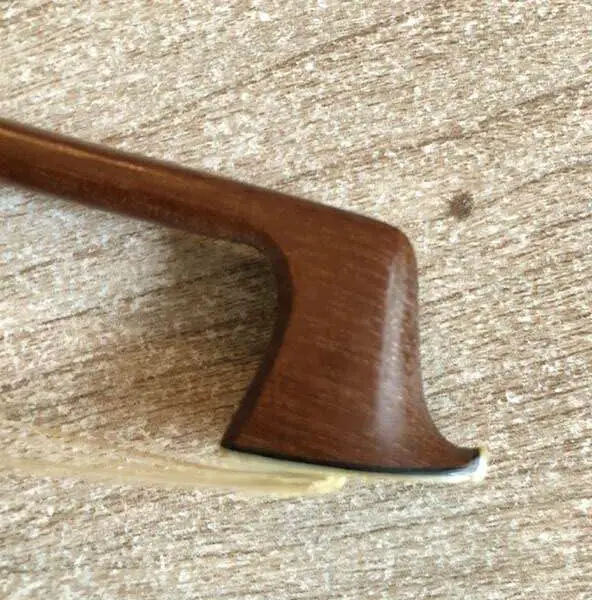
It is slightly less dense than Pernambuco but has great qualities also to craft a bow. It is a hard imputrescible wood also that makes springy and strong bows. The color is less red, browner.
Amourette
This wood is somehow considered as a second-class wood choice for bows, sometimes erroneously.
Carbonfiber and composite
The shortage of Pernambuco and Brazilwood has permitted the thrive of carbon fiber and composite bows.
Carbon fiber is more and more used to make bows. This material is light and strong. It gives springy bows, sometimes too much. The carbon fiber bows that I have tried, a couple of years ago, were so springy they were difficult to play. You have to try for yourself to check if you like the sound.
More and more often, carbon fiber constitutes the structure of the bow, with layers of wood or composite to hide it.
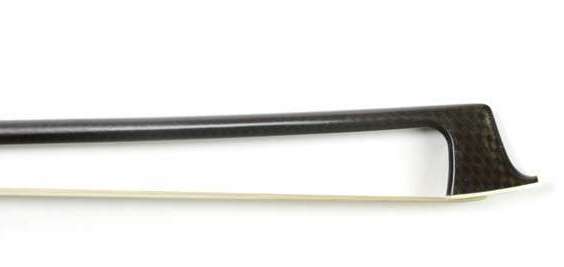
Bow sticks can be made of different synthetic materials such as fiberglass. Bows made out of fiberglass are really light and springy.
Some orchestra players like these new bows because they are light for their hours-long sessions; plus they don’t risk damaging their historic and expensive bows they finally leave at home.
Soloists still use traditional Pernambuco wood bows for their unsurpassed sound quality.
The hair of string instruments bows
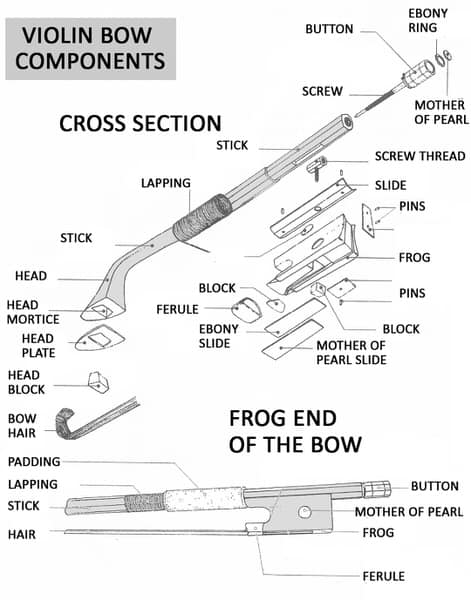
The hair of the bow is made out of horsehair. It is a commodity material as it requires few hairs in quantity and needs to be changed quite often. Depending on how much you play, for sure, you need to change your bow-hair once or twice a year.
The hair is a natural material and individual hairs have micro scales that hold the rosin and help grab the strings.
That’s why it is difficult to replace horsehair with synthetic material. For a true vegan bow, synthetic hair is necessary. Many tries have been made. Now it is perfectly possible to re-hair your bow with this Coruss synthetic vegan material. But I have to admit I haven’t tried it: I don’t know how it sounds.
The rosin is made out of pine tree resin, but it is the subject of another article, specifically dedicated to rosin in particular.
The frog of the violin bow
- The frog is usually made out of Ebony. Ebony is strong, doesn’t stain, and resists the numerous hours of playing without marks or any sort.
- Tortoiseshell was used on occasions for the frog,
- On the best bows, Ivory was used sometimes.
- To hide where the hair is secured, a slide is made out of mother pearl, held in place by a metal ferrule, plated with silver or gold, depending on the quality of the bow.
- The Lapping: it protects the bow from where the index is situated. It helps the finger to stick on the bow without slipping due to heat and sweat. It used to be made out of whalebone; now it is made out of whalebone imitation with synthetic material.
- The Padding: this is where we put our fingers. To protect the bow from natural wear, bow makers put padding usually made of leather.
For modern bows, mainly Ebony is used for the frog, and of course, tortoiseshell and ivory are absolutely forbidden as a material. It can be a problem to travel with bows made out of ivory: see my article on how to take a plane with a violin, I have detailed the necessary paperwork required to be allowed to.
Accessories to embellish a violin bow
The choice of wood is crucial in the bow-making process. But several parts are crafted with only aesthetics qualities in mind. After all, bows are works of art in their own right.
To embellish the frog, which is dark with its black finish due to the Ebony, as a contrast, mother pearl is chosen to make the slide, the button, and the eye. The result is magnificent.
Mechanical parts of the violin bow
All the mechanical parts of the bow are located in the frog. Mainly, we can distinguish:
- the button and the screw. The screw is made of steel, the button is often made of copper alloy or steel also. The button is decorated with mother of pearl. Some bows have an Ebony ring on the button, which gives a beautiful aspect to it. It reminds me of the first bow I have chosen when I was a student with my parents. I ultimately decided between two bows for the one with the Ebony ring, without consideration for sound or character…
- Eyelet is made of brass because it is not corrosive, and because, as it is a different metal from the screw, it reduces friction and wear.
- The slide is made out of copper allow for its noncorrosive and soft qualities. This ensures that the frog will slide on the stick without friction.
Top bow-makers are known to use fine metals to indicate that the stick is of great quality. Good bows are usually mounted and plated with silver and mother pearl. Great bows are mounted and plated with gold and mother pearl. But for the greatest of their bows, their masterpiece, bow makers use gold with tortoiseshell and or ivory.
There is a clear correspondence between the material used to make the accessories of the bow and the quality of the stick.

